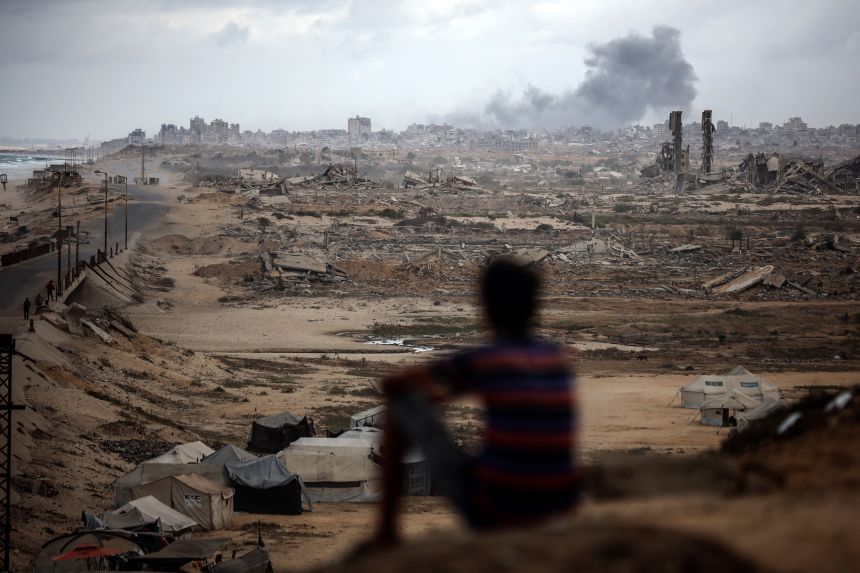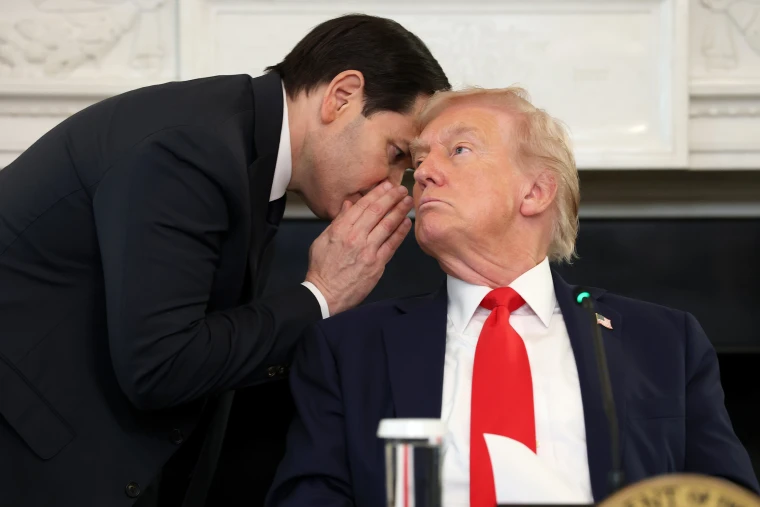Meta Description:
Donald Trump’s Gaza peace deal marks a possible turning point in the Israel-Hamas conflict. Here’s a clear look at what’s been agreed, what’s uncertain, and what may come next for Gaza’s future.
A New Hope for Peace in Gaza
After months of tension and failed negotiations, former US President Donald Trump’s Gaza peace deal has brought cautious optimism to one of the world’s longest-running conflicts. His announcement on Truth Social revealed that Israel and Hamas have agreed to the first phase of a ceasefire plan, signaling what could be a major step toward ending the war in Gaza.
The deal promises a temporary halt to fighting, the release of Israeli hostages, and a partial withdrawal of Israeli forces from Gaza. While these are positive signs, many important questions about the region’s long-term future remain unanswered.
What Has Been Agreed So Far
Under the first phase of Trump’s Gaza peace deal, both sides have accepted several key steps:
- A ceasefire is expected to begin once approved by the Israeli government.
- Israeli forces will start a partial withdrawal within 24 hours.
- Hostage releases will take place within 72 hours, including both living and deceased individuals.
In return, Israel has agreed to release around 1,950 Palestinian prisoners, including 250 serving life sentences. However, discussions over which prisoners will actually be freed are still ongoing.
To give context, here’s how this deal compares to previous ceasefire agreements:
| Aspect | Previous Ceasefires | Trump’s Gaza Peace Deal |
|---|---|---|
| Hostage release pace | Gradual, weekly releases | All hostages released together |
| Prisoner exchange | Limited scope | Larger number of prisoners |
| Israeli withdrawal | Partial or temporary | Clear line of withdrawal proposed |
| International role | Minimal mediation | Involvement of Qatar, Egypt, and Turkey |
Unanswered Questions and Challenges Ahead

Despite early progress, Trump’s Gaza peace deal leaves several key issues unresolved.
One major point of contention is disarmament. Trump’s proposal demands Hamas lay down its weapons and commit to peaceful coexistence — a condition that Hamas has historically rejected.
Another challenge involves post-war governance. Trump’s plan calls for a temporary “technocratic Palestinian committee” supervised by an international “Board of Peace.” While the idea aims to stabilize Gaza, the names of those who will lead or oversee this transition remain unknown.
Additionally, the creation of an International Stabilization Force (ISF) to train Palestinian police and ensure peace has not yet been approved by Israel. Questions also remain about security guarantees — Hamas wants firm assurances that Israel will not resume attacks after the ceasefire ends.
What Comes Next for Gaza
If all goes according to plan, hostages could be released early next week, marking a critical step toward restoring calm. However, Israeli Prime Minister Benjamin Netanyahu’s cabinet will only approve the first phase of the agreement, not the full 20-point peace framework proposed by Trump.
The next few days will determine whether this fragile peace holds or collapses under political pressure. Hard-line members of Netanyahu’s coalition have already criticized the deal, calling it a threat to Israel’s security.
For now, Trump’s Gaza peace deal represents both hope and uncertainty — a bold attempt to end a devastating conflict, but one that still faces immense political and practical challenges.



